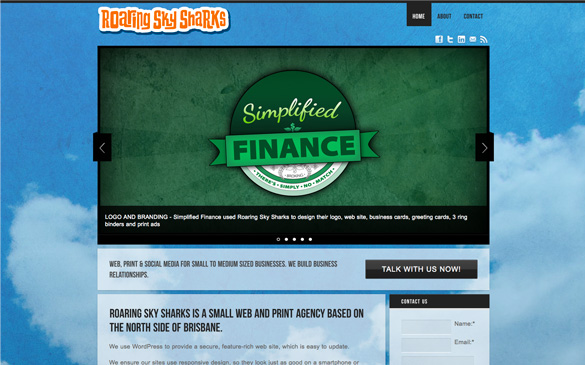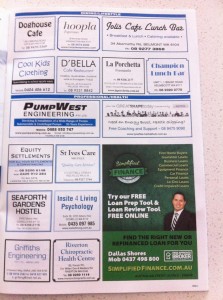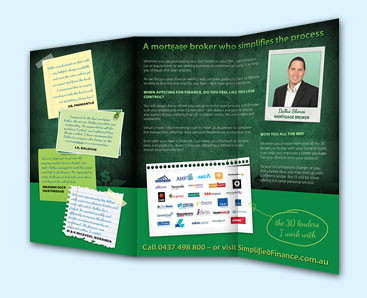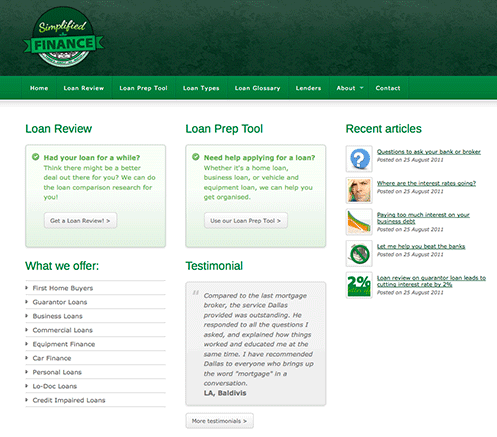I’ve received the following suggestions of what to cover in my new book. These are coming from someone who does a lot of surfing (primarily for hobbies), has no idea about building web sites, but wants to know:
-
- How much does it really cost? A lot of sites that offer to set up websites for businesses quote one price but then seem to have hidden costs.
- What do you get for your money? A flashy website is one thing, but a flashy website that gets seen by more than your nearest and dearest, and gets itself listed on the first page of a Google search is a whole other matter and at this point, every one should think about consultation with SEO HK specialist, to who will gave exact recommendations on how to make site not only beautiful, but more easy to promote.
- The truth behind keeping a website up to date. One thing I hate the most is when you go to visit a small business website (I go to craft ones mostly, but the idea is the same) only to find that it’s not been updated in nearly a year, or has changed web addresses without bothering to tell anyone. If this ever happened while I was developing a website for a Sydney business I would of been fired immediately. Is it truly that hard to update a website with the new products that you are trying to flog? And if so, then why are you bothering with a website in the first place? And isn’t it just plain good manners to let your customers know when you have a change of address (virtual or otherwise)?
- Should websites have an inbuilt translation function? I find some of the websites I go to are lovely, except I can’t understand a word it says because it’s in German or Russian or Korean. If ever I was going to buy anything from them I’d at least like to know that the button I am pushing that I think is for the checkout, actually IS!
- Please, please, please if you want customers to come back time and time again, don’t use SMS speak and either brush up on your punctuation and grammar, or pay someone to proof read.
My response to 1, 2 and 3
 Obviously, numbers 1 and 2 are the big ones. These are the “how long is a piece of string” questions. And just like a double dose of adult incontinence … it Depends. And yes, while there are some companies that will offer a one size fits all product (just like Depend do), most web companies and freelancers will find out what your needs are, what your budget is, and come up with a solution that fits both.
Obviously, numbers 1 and 2 are the big ones. These are the “how long is a piece of string” questions. And just like a double dose of adult incontinence … it Depends. And yes, while there are some companies that will offer a one size fits all product (just like Depend do), most web companies and freelancers will find out what your needs are, what your budget is, and come up with a solution that fits both.
It’s usually not the case that web developers and designers want to find out your budget so they can take all of it. It’s usually to find out if both parties are on the same wavelength. If the web designer usually works on projects in the $3,000-$10,000 range, then a client with a budget of $500 or $50,000 may not get what they want from that designer and everyone would be wasting their time going through the proposal process.
According to the posts and rants on www.webwizards.com.au/graphic-designer/, it seems that the other reason that they’re not going to quote the absolute maximum possible is the client’s Return On Investment (ROI). You’re not going to get followup work or good referrals if the client didn’t get a good business result for the money they spent. And this return on investment is going to be different for each client, for each job.
The way these questions are phrased is also very insightful. It makes it sound like web designers are trying to rip you off all the time. The problem is that web design and development isn’t the same as selling a product – it’s a service. We don’t have your web site in a room out the back. It’s not just a matter of choosing between the blue one or the red one. Each client’s web site is unique.
There is no objective “truth” about how much things cost, how long they take, which technology or solution is better, or which web design process is best.
I think in-built translation is (mostly) a non-issue for 2 reasons:
- either your company is large enough that you build different web sites for different regions of the world, or
- people simply use the Google Translate function on their Google Toolbar.
See, if you’re a large enough company that you’re selling into areas with a different language, you have problems that a simple “Translate Me Into …” button can’t fix. Because it’s not just language you have to factor in. There’s also a matter of culture that you have to get right. If your company is that big, you don’t want to be making a cultural faux pas which ends up offending your customers. It’ll end up costing you far more than simply building a new web site catering to that particular market would have in the first place.
If you’re a smaller company who only occasionally sells to people outside their local area, then I think it’s OK to rely on people using their favourite text translator. Adding gimmicky Translate buttons simply adds to your page load time. If you take orders from outside your area, say so. If you don’t, say so. And if you’re lucky enough to have people on staff who speak more than one language, then by all means, shout it to the world. Check your web site’s traffic logs. If you find a quarter (whatever, an amount that’s significant for you) of the visits to your site are coming from a part of the universe that speaks Klingon, then maybe think about adding a Klingon section, or building a whole new site aimed at Klingons! Qapla’!
The tricky matter of who writes the content
SMS-speak and bad grammar may actually be the exact right mix for your market:

Usually or often, the words, pictures, videos etc for a web site come from the company paying for the web site. Other times, an outside professional is hired to produce this stuff. The tone of this stuff should be in keeping with the overall vibe of the company. Formal serious company = formal serious words. Cool surfer bunch of people = cooler surfer words and pictures. Not sure how you’d position a Klingon LOLtarg site…
But yes, for most companies, correct spelling and grammar works a treat. Pay someone to check everything before it goes out.
In the next post, I cover 3 topics from a web developer’s point of view. Not my point of view – someone else’s. I have friends.









 Obviously, numbers 1 and 2 are the big ones. These are the “how long is a piece of string” questions. And just like a double dose of adult incontinence … it Depends. And yes, while there are some companies that will offer a one size fits all product (just like
Obviously, numbers 1 and 2 are the big ones. These are the “how long is a piece of string” questions. And just like a double dose of adult incontinence … it Depends. And yes, while there are some companies that will offer a one size fits all product (just like 